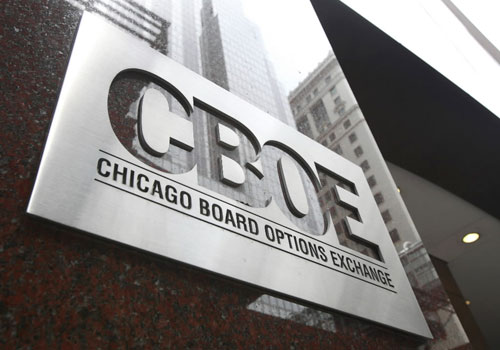FLASH FRIDAY is a weekly content series looking at the past, present and future of capital markets trading and technology. FLASH FRIDAY is sponsored by Instinet, a Nomura company.
Last week’s big news in the digital assets market was that the U.S. Securities and Exchange Commission approved the listing and trading of 11 spot bitcoin exchange-traded products.
A sidelight to the long-awaited regulatory approval was a fraudulent post sent out via the SEC’s X account that jumped the gun, saying the ETPs were approved when they weren’t yet. @SECGov and @GaryGensler corrected the record within minutes, but not before the price of bitcoin shot up from $46,746 to $47,863, according to industry data.
To be sure, bad actors have attempted to manipulate markets via fraudulent information for as long as markets have existed.
One of the most well-known such frauds happened in 2000, when 23-year-old California resident Mark Jakob shorted shares of Emulex and then sent out a phony press release via his employer, Internet Wire Inc.) The release falsely stated that the technology firm’s CEO resigned and its accounting practices were being investigated by the SEC.
Much has changed in the past 24 years, and fraudsters’ preferred vehicle for disseminating bad information has shifted to social media, which is faster and more anonymous than sending out a press release via an established distributor.
How far back does this type of fraud go?
Very far, as it turns out. Like, more than 200 years ago far.
From a 2015 San Francisco Chronicle article, “Fake news moves markets, but it’s nothing new”:
“On Feb. 21, 1814, a man in uniform purporting to be Col. R. du Bourg, an aide to Britain’s ambassador to Russia, arrived at the Ship Inn in Dover, England, claiming that French Emperor Napoleon Bonaparte had been killed by Russian Cossacks. The man sent a horse and rider to bring the news to Adm. Thomas Foley, who decided to relay the message to the Admiralty in London by semaphore telegraph system, but couldn’t because there was too much fog. The man claiming to be du Bourg, meanwhile, set out for London, stopping at every inn along the way to spread the news.
Meanwhile, three men dressed as French officers distributed leaflets in London announcing that Napoleon had been killed. The news sent the price of government securities on the London Stock Exchange soaring, until it turned out that Napoleon was still very much alive.
An investigation by the exchange found that there had been a recent large purchase of government-based stocks, and charged three people with fraud. One was Lord Thomas Cochrane, a member of Parliament and naval hero. The conspirators were sentenced to 12 months of prison time and a fine. Lord Cochrane continued to assert his innocence and was later granted a pardon.”
Presumably, the electronic trail in today’s markets and communications systems is better-suited to apprehend people who seek to profit via disseminating false information, compared with early 19th century enforcement methods. The SEC has already determined that its X.com account was hacked via access to the associated phone number, and it’s reasonable to expect that the regulator will bring charges against the responsible person(s) in the near future.
But information is the lifeblood of securities markets, and as long as there are opportunities to profit via information, there will be attempts to do so, both legitimate and illegitimate.








